Don’t worry, it’s not to drink!
Learn all you need to know about How To Make Compost Tea from your compost pile.
How To Make Compost Tea Like a PRO: A Beginner’s Guide
Have you ever wondered how to supercharge your garden with a natural elixir?
Farmer Jesse and Troy Hinke of Living Roots Compost Tea are here to let you in on a secret: compost tea.
It’s not just about making a liquid fertilizer; it’s about brewing a microbial powerhouse that can transform your plants and soil.
This blog post breaks down the process of how to make compost tea, inspired by Troy’s expertise and experience.
What is Compost Tea?
Compost tea is essentially a liquid form of compost. But here’s the kicker: it’s not the fertilizer aspect that makes it so amazing.
It’s all about the biology. You’re extracting the beneficial microorganisms from your compost and giving them a spa day in a bucket of water.
By feeding these tiny creatures, you encourage them to multiply like rabbits, creating a concentrated solution of microbial goodness.
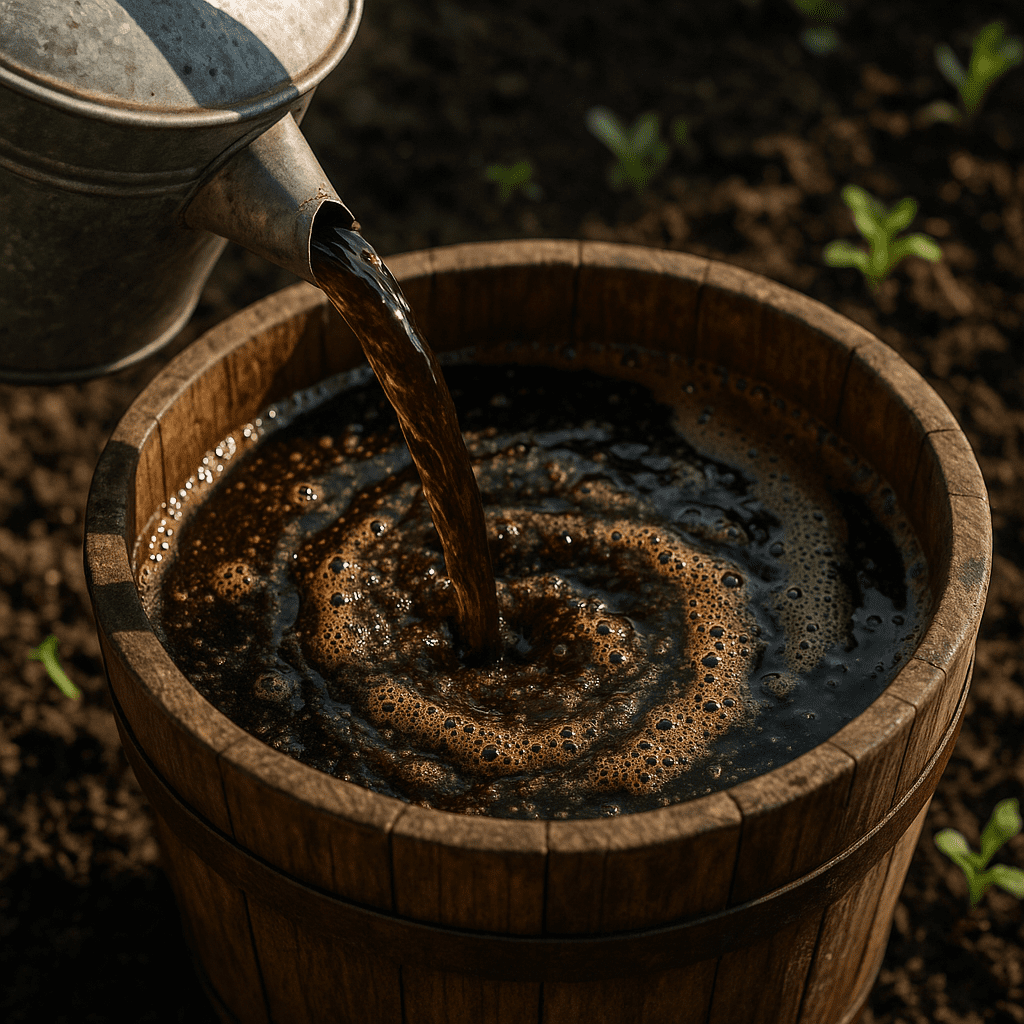
The Basic Compost Tea Recipe: Materials You’ll Need
Ready to start brewing? Here’s what you’ll need:
- A 5-Gallon Bucket: This is your brewing vessel. Simple, right?
- Brew Bag: You can use Jesse’s fancy brew bag or a simple paint strainer bag.
- Air Pump: Head to your local pet store or hydroponics shop for an air pump.
- Weighting: Ever lose a fork to the compost bin? Now’s its time to shine! Use it to weigh down those air hoses.
Why You Shouldn’t Use Air Stones
Air stones might seem like a good idea, but they can actually cause more harm than good.
Their porous surface traps food and microorganisms, creating a breeding ground for unwanted biofilm.
Cleaning them is a nightmare, so it’s best to skip them altogether.
Brewer Size: Why a 5-Gallon Bucket is Perfect for Small Farms or gardens
You don’t need a massive setup to make effective compost tea. Research shows that even 5 gallons of compost extract per acre can make a difference.
While 10-20 gallons per acre is a more typical application rate, a humble 5-gallon bucket is perfect for small-scale use.
Just brew multiple batches as needed.
Air Pump Specifications: Liters Per Minute (LPM)
Air pumps are rated in liters per minute (LPM) or gallons per hour. Aim for at least 1 liter per minute for every gallon of water.
A 5 LPM pump will do the trick for your 5-gallon bucket.
Compost Selection: Vermicompost vs. Regular Compost
Vermicompost, or worm compost, is like the VIP section of the compost world. It’s packed with more microorganisms and is generally stronger.
Use 2-3 cups of vermicompost or 3-5 cups of regular compost for your 5-gallon batch.
The “Massage”: Extracting Microbes from Compost
Time for a little hands-on action. Submerge the brew bag in the water and start squeezing.
Work the compost between your fingers, breaking down those aggregates and releasing the precious microorganisms into the water.
The goal is to get as much sediment into the water as possible – that’s where the magic happens.
Adding Microbial Foods: Timing and Considerations
You can add microbial foods before or after massaging the compost. If you’re using something stinky like fish hydrolysate, maybe wait until after.
Unless you enjoy smelling like fish all day.
Feeding Fungi, Not Bacteria
While bacteria are important, fungi are the rockstars of compost tea. Focus on feeding them with soluble kelp powder or liquid kelp, humic acid, and fish hydrolysate.
Fish hydrolysate is like a whole fish smoothie, packed with amino acids and proteins that fungi love.
Food Quantities: Less is More
These microorganisms are tiny, so they don’t need much food. For a 5-gallon bucket, 1 tablespoon each of humic acid, fish hydrolysate, and kelp is plenty.
If you’re missing an ingredient, just use a bit more of the others.
Reaching Peak Population: The Brewing Process
Imagine you start with 1,000 microorganisms. You feed them, and they start multiplying: 2,000, 4,000, 8,000, and so on. Eventually, you’ll hit a peak population.
At this point, they’ll start running out of food and oxygen. Adding more food won’t help; you need to use the tea ASAP.
Brew Time: Temperature Matters
Brew time depends on the ambient temperature. Brew your tea at the same temperature as the environment where you’ll be applying it.
Different temperatures favor different microbial activity, so consistency is key.
Water Considerations: Chlorine and Chloramine
Well water or rainwater are ideal for compost tea. Chlorine and chloramine, added to municipal water to kill bacteria, can hinder the growth of beneficial microbes.
If you have to use tap water, let it sit for 24 hours to off-gas, or aerate it for 12 hours to speed up the process.
Humic Acid to the Rescue: Tying Up Chlorine
Humic acid can tie up chlorine ions in a pinch.
Plus, it feeds microorganisms and aids nutrient uptake. It’s a win-win-win!

Step-by-Step Brewing Instructions
Ready to get your hands dirty?
- Fill your bucket with well water or dechlorinated water.
- Add one tablespoon of fish hydrolysate.
- Stir it in.
- Add about 3 cups of compost (adjust based on compost quality).
- Place the compost in the brew bag.
- Submerge the bag and start massaging!
Why Not Molasses?
Molasses is like a sugar rush for bacteria. But since compost tea already has plenty of bacteria, it’s not necessary.
Fish hydrolysate feeds both bacteria and fungi, making it a more balanced option.
The Importance of Filtration
Some chunks might escape into the water during the massage. If you’re using a sprayer, you’ll need to filter the tea to prevent clogs. Small particles are fine, but larger ones need to be removed.
From Compost Tea to Compost Extract
Compost extract is like compost tea’s simpler, faster cousin. You just put compost in water, without adding any food.
The microbial population stays the same, but it’s still a great way to boost soil health. Use it for soil application, while compost tea is better for foliar application.
Compost Extract: Quick and Easy
Making compost extract is a breeze: mix compost and water, agitate for 5 minutes, and you’re good to go.
You can aerate it for 12-24 hours to extract more microbes, but it’s ready to use almost immediately.
Application Rates and Timing
A little compost tea goes a long way. You can apply it early and often throughout the plant’s life cycle.
Brew Your Own Microbial Magic
So, are you ready to ditch the synthetic stuff and brew your own microbial magic?
With these tips from Troy Hinke, you’ll be well on your way to creating a thriving, healthy garden. Your plants (and the planet) will thank you for it!
Check out the video below
Compost Tea FAQ: Easy Answers for Home Gardeners
What is compost tea?
Compost tea is a liquid made by soaking finished compost in water. The brew extracts helpful microbes and nutrients that can boost plant health, root growth, and soil life.
What do I need to make compost tea?
You’ll need finished compost, non-chlorinated water (rainwater or dechlorinated tap water), a large bucket, and something to stir or bubble air through the mixture.
A mesh bag can help keep debris out if you plan to spray the tea.
Does compost tea need to be aerated?
You can make compost tea with or without aeration. Aerated compost tea uses a bubbler (like an aquarium pump) for 24–48 hours. This setup grows more helpful microbes.
Non-aerated tea is simpler but takes longer and usually provides fewer benefits.
How long should I brew compost tea?
With aeration, 24–48 hours is best. Without aeration, steep the mix for 7–10 days, stirring daily. Always use the tea right after brewing for best results.
How much compost and water should I use?
A common ratio is 1 cup of high-quality compost per gallon of water, or a half-pound of compost per 5 gallons of water.
What can I add to boost the tea?
Molasses, liquid seaweed, or fish emulsion can give food to the good microbes, making the brew more effective. Only use small amounts: 1–2 tablespoons per 5 gallons is plenty.

Is it safe to use on all plants?
Yes, compost tea is gentle enough for most plants, including young seedlings. Just make sure the compost is fully broken down and free from harmful pathogens.
How do I know if my compost tea is good?
Good compost tea smells earthy and looks dark brown. If it smells rotten or sour, throw it out and try again. That means the wrong microbes took over.
Should I filter compost tea before using it?
Yes, if you’re spraying compost tea, strain it through a fine mesh or cloth. This keeps spray nozzles clear and prevents clogging.
When and how often should I use compost tea?
Apply compost tea every 1–2 weeks during the growing season. You can spray it directly on leaves or use it as a soil drench around your plants.
Can I use unfinished compost for tea?
No. Only use mature compost that’s fully decomposed and no longer hot. Unfinished compost can carry harmful bacteria or weed seeds.
Does the water matter?
Definitely. Chlorine in tap water harms beneficial microbes. Use rainwater or let tap water sit out overnight to let chlorine evaporate.
Why does my compost tea smell bad?
Rotten smells mean the brew went anaerobic—bad bacteria grew instead of the helpful kind. Try again with clean equipment, the right ratio of ingredients, and plenty of air in the water.
Will compost tea burn my plants?
No, compost tea is mild and won’t burn roots or leaves like chemical fertilizers can.
How do I store compost tea?
Don’t store it. Compost tea is most effective right after brewing and loses its benefits within hours.
Use it all up as soon as it’s ready.
Got more questions? Drop them in the comments! or try our AI based question and answer robot HERE!
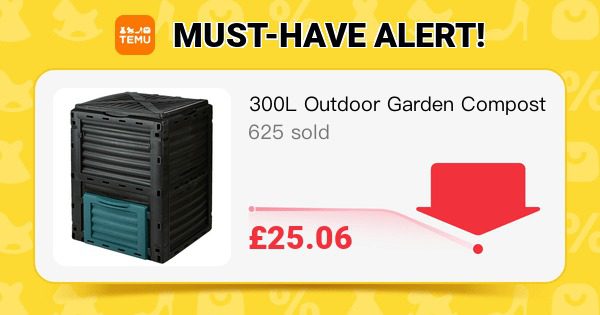

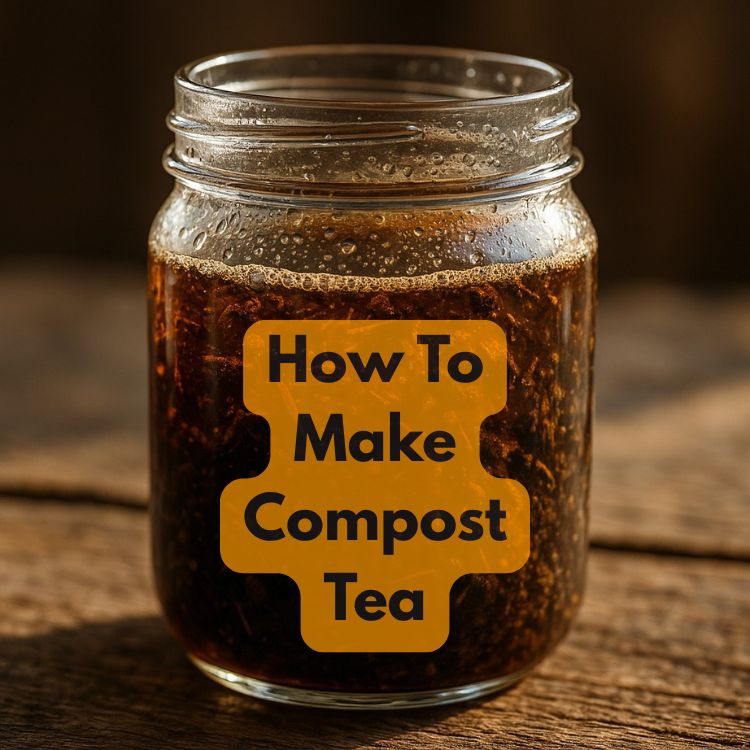
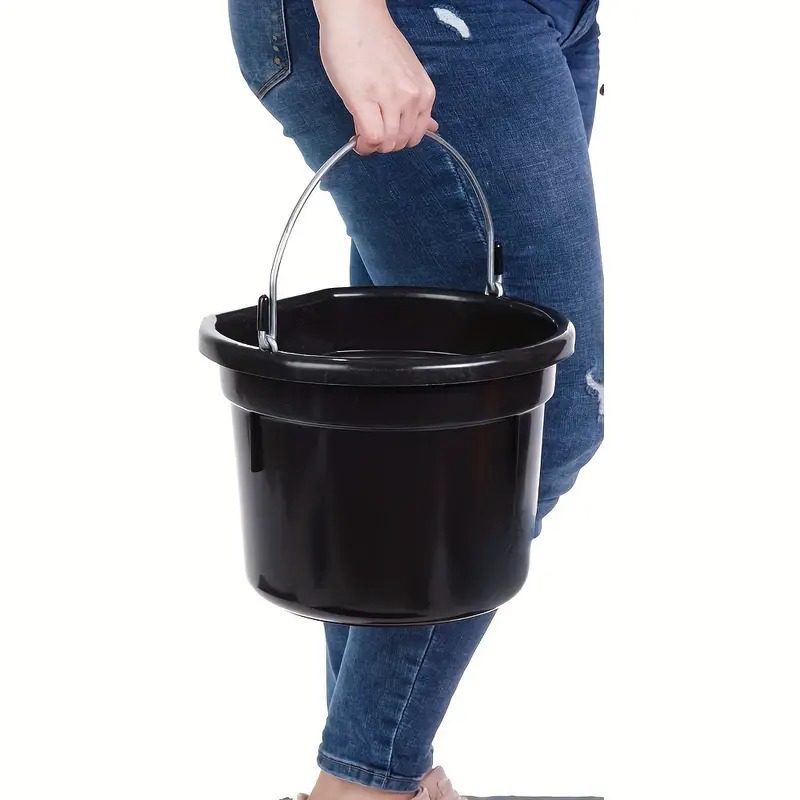
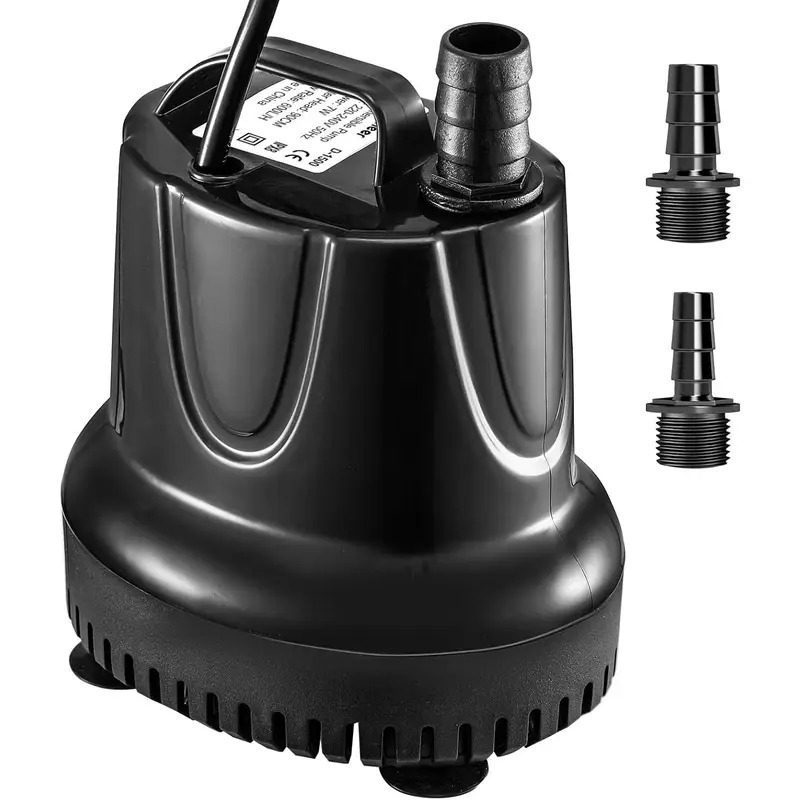




Interesting! This is almost like Korean natural farming methods. Thank you for sharing!
Thank you
I use my pond water to water my plants. It’s great 👍
Thank you
If one starts out with Chicken manure mixed with wood shavings would this make a good base for Compost Tea.
That’s a great question Pierre. Yes, chicken manure mixed with wood shavings can make a good base for compost tea, but there are important considerations to ensure it’s effective and safe:
Nutrient Content: Chicken manure is rich in nitrogen, phosphorus, and potassium, making it an excellent nutrient source for compost tea. Wood shavings, primarily carbon-rich, help balance the carbon-to-nitrogen ratio, though they decompose slowly.
Composting First: Fresh chicken manure is too “hot” (high in ammonia) and can burn plants or introduce pathogens. Fully compost the mixture first to stabilize nutrients and eliminate harmful bacteria like E. coli or Salmonella. Aim for a well-aged compost where the manure and shavings have broken down into a dark, crumbly material.
Aeration and Brewing: For compost tea, use the composted mixture in an aerated brewing process (e.g., with an air pump) to promote beneficial microbes. Combine with additives like molasses to feed microbes and enhance microbial activity.
Carbon Consideration: Wood shavings may not fully decompose in the composting process, potentially reducing the microbial diversity in the tea. If the shavings dominate, consider adding other nitrogen-rich materials (e.g., grass clippings or vegetable scraps) during composting for balance.
Testing: Test the tea on a small scale before widespread use to ensure it benefits plants without causing harm.
In summary, this mixture can work well if properly composted and brewed, but ensure the manure is fully broken down and balance the carbon-heavy shavings for optimal results.
Hope that helps!